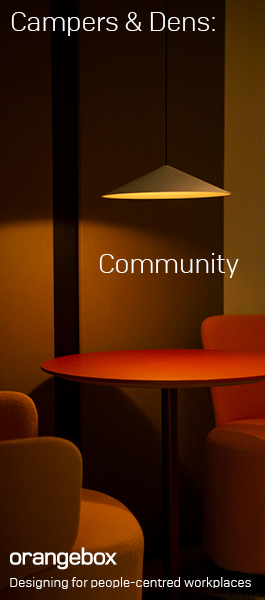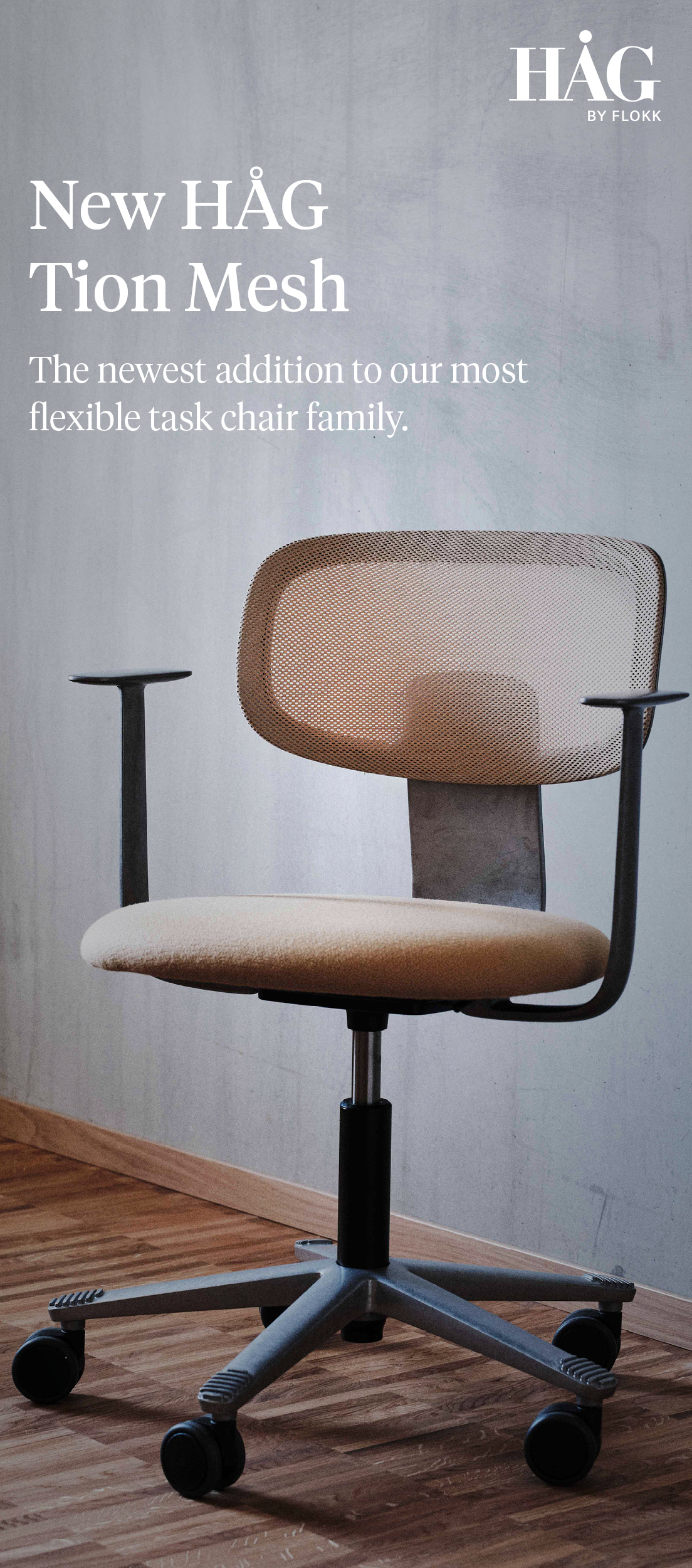June 11, 2013
Neocon 2013 announces comprehensive list of awards winners
It might sound like a Republican convention but in fact Neocon is the annual workplace exhibition at the giant Merchandise Mart in the centre of Chicago. And when we say ‘workplace’, we mean largely ‘office furniture’. It attracts around 700 exhibitors and 40,000 of visitors from all over the world and so can help to disseminate ideas that spring up in the US to influence design on a global scale. Many of the themes apparent at this year’s show will be familiar around the world. As well as the fact that everybody is talking about the environmental credentials of the products, the themes are direct reflections of the concerns and priorities of office occupiers and specifiers. By custom, the first day of the show is when they dish out the awards.


















June 12, 2013
Niels Diffrient redefined what we know about ergonomics and office furniture
by Mark Eltringham • Comment, Furniture, Workplace design
(more…)